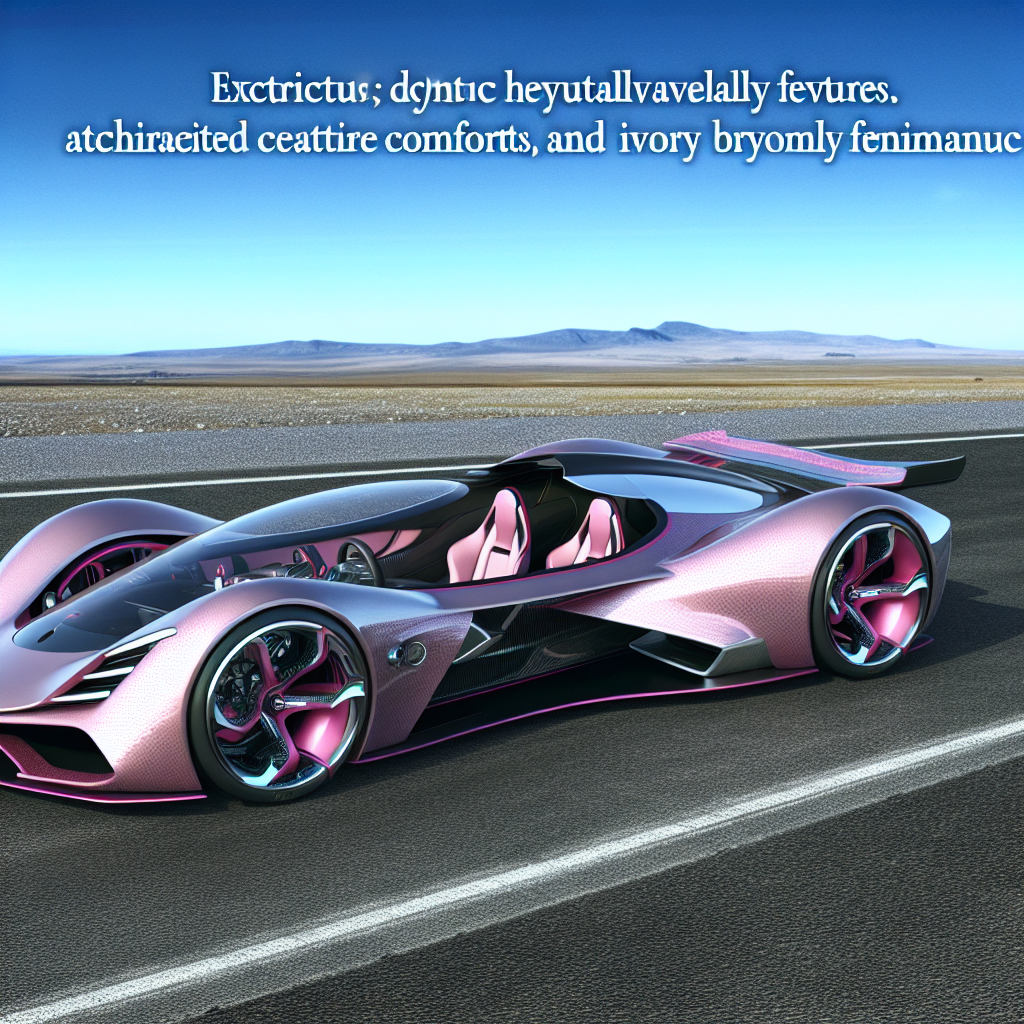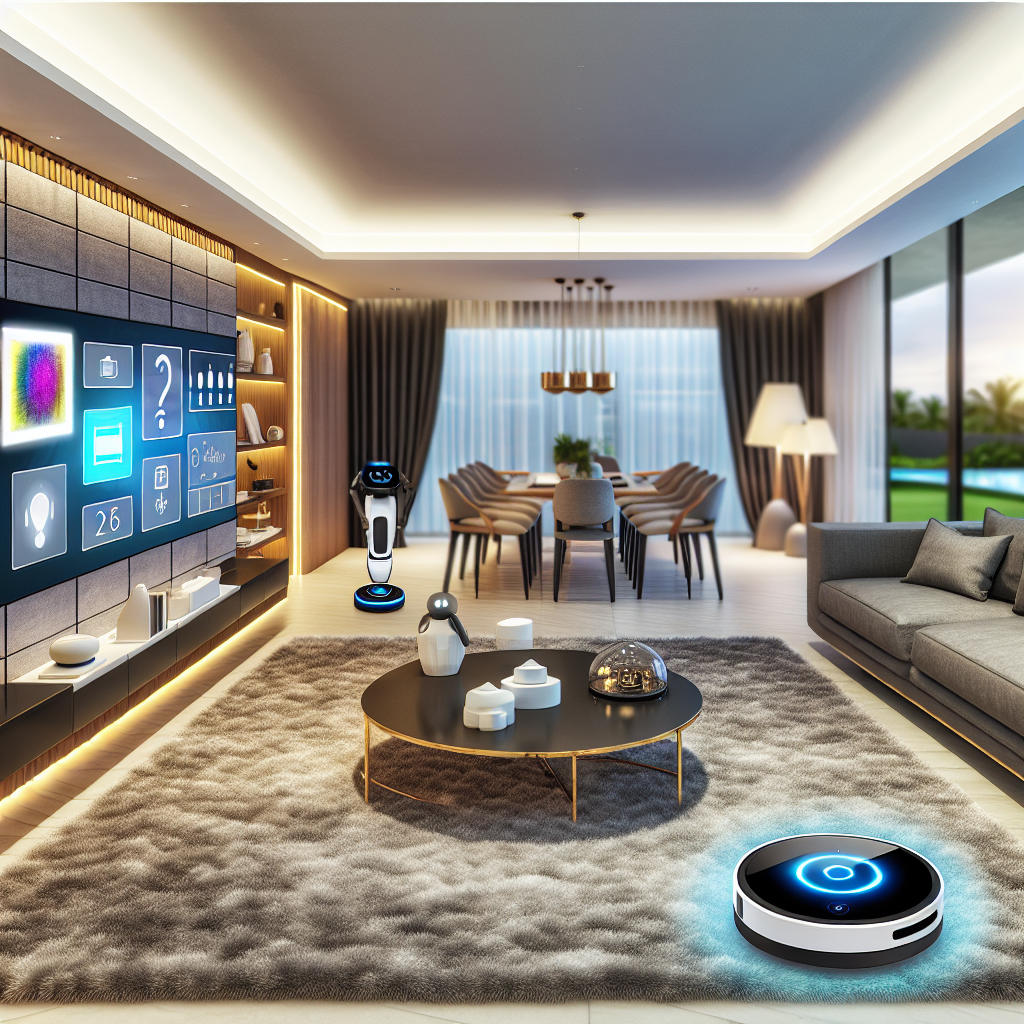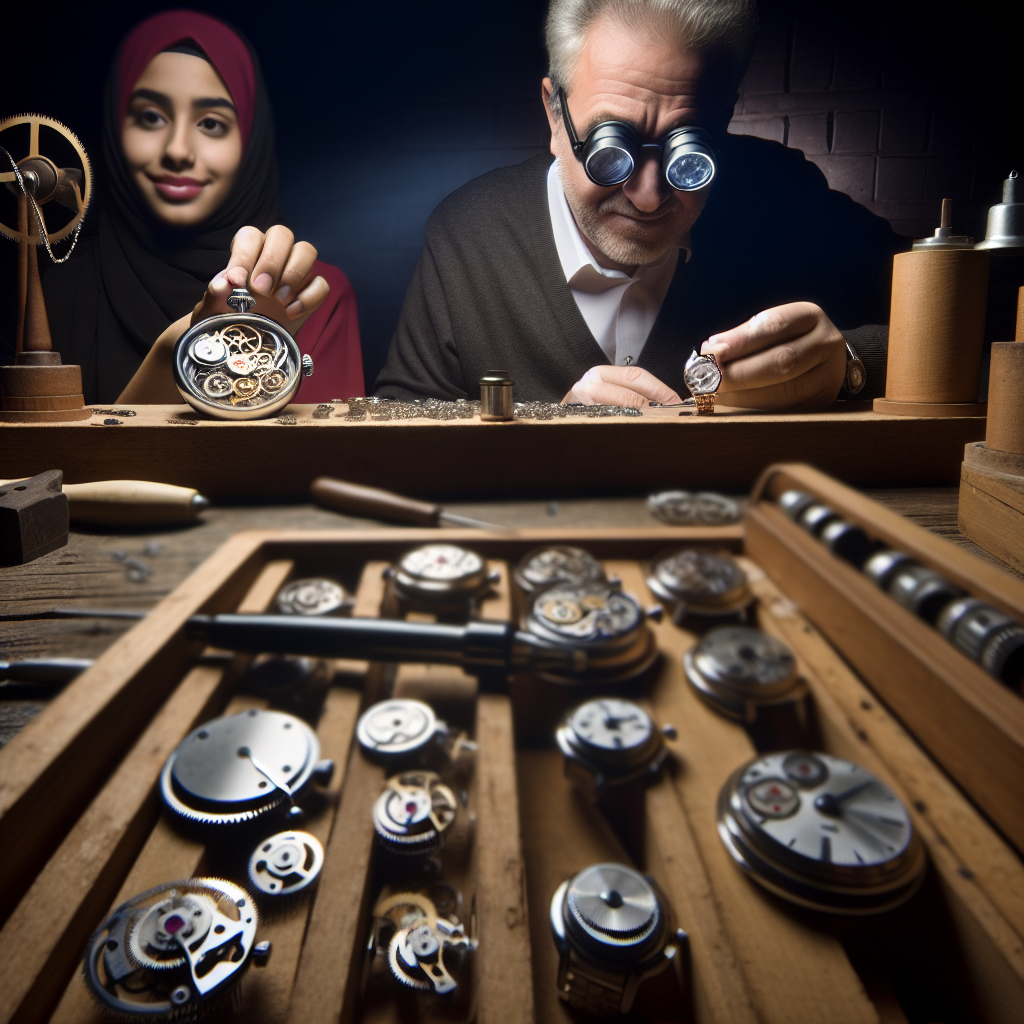Electric Hypercars Designed for Women: Beyond Pink Interiors to Performance Engineering
When luxury meets sustainability and groundbreaking innovation, the result is the dawning of a new era—electric hypercars. Traditionally conceptualized as the domain of motorsport enthusiasts and engineering perfectionists, electric hypercars are now pivoting toward a smarter, more inclusive future. Women with discerning tastes, an appreciation for cutting-edge technology, and an eye for bespoke performance are emerging as key influencers in the world of luxury automobilia. Yet, for too long, the automotive industry has responded with a narrowly defined “feminine touch”—offering pink trims, smaller sizes, or diluted versions of men’s designs. But the world is changing, and fast.
Today’s elite women consumers demand much more than superficial diversions. Enter the age of electric hypercars designed with, and for, women—not as an afterthought, but as part of a sophisticated shift toward empowered mobility. These vehicles are no longer about aesthetics alone; they now showcase a blend of high-performance electric powertrains, intelligent UX systems, and personalized design approaches that align with the modern woman’s lifestyle. Female buyers in the luxury market are sophisticated, tech-savvy, and deeply attuned to both sustainability and road authority. They want the same level of performance, if not higher, than their male counterparts, and they want it in a form that acknowledges their needs without stereotyping.
This evolution is not only about meeting demand but reshaping an entire segment of luxury mobility. Leading brands are finally tapping into neuroscience, biomechanics, and consumer behavior research to develop hypercars that resonate with powerful female buyers. Think intelligently designed cabins crafted for optimal posture, AI-assisted adaptive driving experiences, and interfaces that blend speed and security with emotional intelligence. From Rimac’s C_Two and Lotus Evija to bespoke French ateliers like Delage offering custom build options, modern electric hypercars are melding performance with female-centric design sensibilities.
Unlike dated models that pandered to outdated gender norms, these vehicles are shaping the future of mobility by ushering in an era where gender-inclusive innovation transcends the conventional automotive script. This is not about segmentation—it’s about sophistication, performance, and progress.
The Data Behind the Demand: Power, Precision, and Preferences
The movement toward designing electric hypercars that appeal to high-end women consumers is grounded in compelling data and cutting-edge research. According to a 2022 McKinsey report on luxury consumer behavior, women control between 60% and 70% of global purchasing power within the $400 billion luxury industry.
More significantly, a study conducted by Frost & Sullivan titled “Women as the Next Automotive Decision Makers” highlights the critical importance of ergonomics, safety, and digital intuitive design for female consumers. In their report, over 75% of women surveyed expressed a preference for vehicles offering high situational awareness, low environmental impact, and customization that enhances the driving experience without introducing frivolity. These preferences directly correlate to features typically seen in top-tier electric hypercars—superior torque delivery, zero emissions, advanced AI-assist, and customizable driver profiles.
Biomechanics Meet Design: Engineering Form to Fit Function
The design evolution also extends to biomechanics. Automotive researchers at Stanford University have identified marked physical differences in average male and female biomechanics, particularly in how women respond to crash impact and seat ergonomics. This has led to avant-garde engineering in hypercars from brands like Aston Martin and Koenigsegg, incorporating adaptive seat mold technology and advanced driver-assist systems that adjust based not only on height or weight but real-time posture scanning and muscle response data.
These innovations mean greater comfort, safety, and driving efficiency tailored specifically to how women physically interact with vehicles. It’s not pink; it’s physiological precision.
Neurological Intelligence: Emotional AI and the Driving Experience
Then there’s UX neuroscience. In a field where emotion often plays a pivotal role in the driving experience, emotional AI has made big strides. Brands like Tesla and Rimac are incorporating emotion-sensing technology that adjusts environmental elements like lighting, acoustic dynamics, and even scent to match the driver’s mood. For women who value holistic luxury that fuses feeling with form, such personalization is critical. Electric hypercars, increasingly powered by intuitive AI, are being built to read and respond to their drivers, treating luxury driving as an act of personal expression rather than solely a performance showcase.
Diversity in Design Teams: Breaking the Mold from Within
Furthermore, the luxury automotive industry is slowly beginning to invite women into the engineering and design teams themselves, fundamentally shifting vehicle development processes from inception. Companies like Lucid Motors and Polestar have increasingly diverse, gender-balanced design teams, leading to more insightful creations that avoid gendered clichés and genuinely celebrate inclusivity. The result? Hypercars that blend elegance, aggression, and empathy in equal measure.
A New Kind of Power: The Future of Hypercars is Gender-Inclusive
The future of luxury automotive innovation lies not in shallow symbols but in deeply engineered elegance that reflects the sophistication of its audience. Electric hypercars tailored for women are no longer niche interpretations—they are the embodiment of a lifestyle: high-tech, luxuriously mindful, and fiercely powerful. As design philosophy, technological advancement, and user insight converge, it’s clear that this isn’t a trend. It’s a revolution led by intelligent women and visionary brands unafraid to rewrite the rulebook of performance.
Concise Summary:
The article explores the growing trend of electric hypercars designed specifically for women consumers. It delves into the data-driven insights, biomechanical research, and innovative design approaches that are redefining the luxury automotive industry. From personalized UX systems to gender-inclusive engineering, these high-performance vehicles are ushering in a new era of mobility that celebrates sophistication, sustainability, and female empowerment.

Dominic E. is a passionate filmmaker navigating the exciting intersection of art and science. By day, he delves into the complexities of the human body as a full-time medical writer, meticulously translating intricate medical concepts into accessible and engaging narratives. By night, he explores the boundless realm of cinematic storytelling, crafting narratives that evoke emotion and challenge perspectives. Film Student and Full-time Medical Writer for ContentVendor.com




